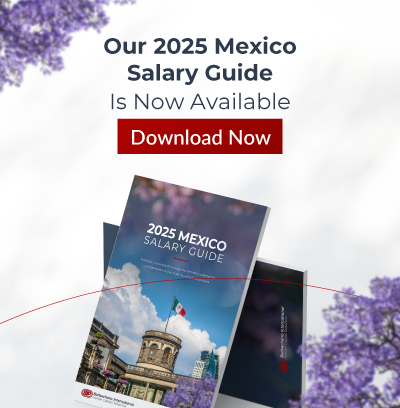
How Leaders Can Reskill and Upskill Workforce For The Post-COVID Era
As employees return to the “new normal”, employers face tough choices regarding shortcomings in skills and knowledge that were laid bare by the forced telecommuting following the pandemic shutdown. A 2018 Organisation for Economic Co-operation and Development study found that 50% of jobs ran the risk of greatly changing or becoming obsolete. After COVID-19, that’s even more possible. Thanks to all of the workplace adaptations due to the pandemic, the question for many becomes how to re-educate the available workforce to fill the vast void in new digital technologies.Reskilling vs. Upskilling
Reskilling and upskilling are both important tools for closing the skills gap in today’s technology workforce. Upskilling involves learning new skills or teaching workers new skills, while reskilling involves learning new skills to qualify for a different job or teaches employees new skills to help them get a new job in the same company or elsewhere. Reskilling focuses on creating new skill-sets so individuals can qualify for new positions and upskilling teaches new skills for the same job. Unlike reskilling, upskilling merely requires an enhancement of skills for a role that remains relevant. Typically, reskilling programs require a degree or certification that individuals complete through corporate learning initiatives or outside education institutes. Employers who wish to start upskilling/reskilling programs must first identify the skills needed to leverage the new technologies that will benefit their organizations.Post-COVID Workforce: What Employers Need
Today, digital transformation is at the top of priorities for CEOs around the world, once we overcome the crisis. This transformation will define the jobs of the future and will be the stage for companies to contribute to the economic reactivation, providing their employees with appropriate training so that they can occupy the new positions that will be generated.On a recent LinkedIn Workplace Learning Report, results show that this year 51% of companies globally plan to implement an upskilling program within their organizations; 47% will do the same with one of reskilling. For its part, the Boston Consulting Group reports that 86% of the workforce in Latin America is interested in reskilling to obtain a new job. Without a doubt, this opens the door to significant changes within the Human Resources departments, not only in the United States but also in Mexico and Latin America.
It may be more than worthwhile to invest in upskilling loyal employees in finance and technology rather than losing them. That doesn’t mean reskilling or upskilling your entire workforce, look for the most vulnerable positions, and evaluate the contribution of employees whose jobs are quickly becoming obsolete.
Roadmap to Developing and Delivering Upskilling and Reskilling Employees
Here’s an outline of the steps needed to create an upskilling or reskilling strategy for your employees.1. Define the initiative. To avoid layoffs and upgrade the skill-set and knowledge that your current workforce has to offer, determine whether you can upskill employees already in similar roles. Given a choice and clear objectives, most employees will choose to adapt and learn the new technology.
2. Design a skills plan. By carefully identifying the employees capable of reskilling and matching them to open positions, you can develop a skills plan tailored to your organization’s exact needs.
3. Match jobs and begin reskilling. Use software designed to identify your skills gaps. You can start with open positions that have remained unfilled due to a shortage in the labor force at large. You can even gain an edge on competitors by teaching your existing employees new skills in AI and big data.
Time is of the Essence
Don’t be afraid to implement, test, and tweak your upskilling program. The more your employees learn, the faster your company will be able to bridge the technology gap and overcome difficulties needed to emerge from the COVID-19 crises stronger than ever.Get in Touch with an Expert
At Barbachano International, we understand how important these human resource issues are for companies that operate globally. Feel free to contact us or visit our blog.
By Fernando Ortiz-Barbachano
President and CEO of Barbachano International (BIP),
The Human Capital Solutions leader in Mexico, Latin America, and the USA, offering high-impact executive search, executive coaching, and outplacement.
About Barbachano International
Barbachano International (BIP) is the premier executive search and leadership advisory firm in the Americas (USA, Mexico, Latin America, & Canada) with a focus on diversity and multicultural target markets. Outplacement and Executive Coaching services are provided by our sister allied company Challenger Gray & Christmas. Since 1992, BIP and its affiliates have impacted the profitability of over 50% of Fortune 500 Companies. BIP has been recognized by Forbes as Americas’ Best Executive Search Firms and currently ranks #27 and #3 on the West Coast. Headquartered in San Diego, California with satellite offices in Florida and Mexico. As member-owners of NPAworldwide Recruitment Network, we are supported by partner offices in over 50 countries.



